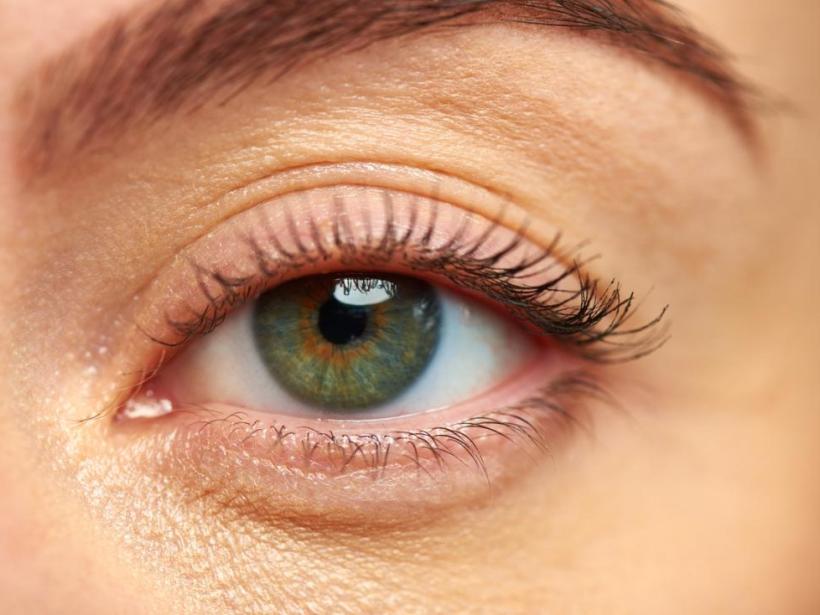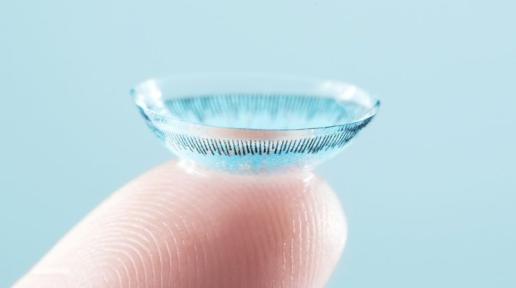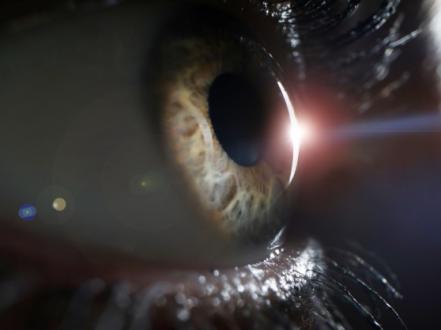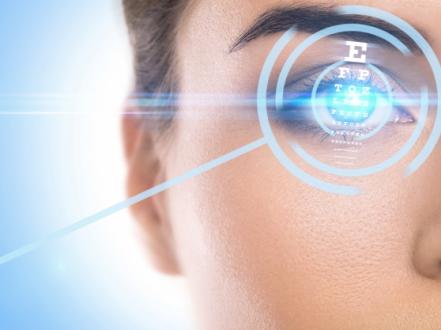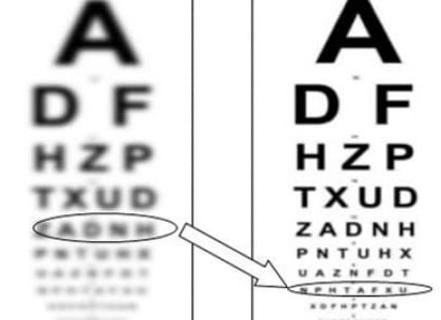An eyelid twitch or myokymia is the involuntary blinking of one or both eyes, in which the eyelid may partially or completely close.
There are several types of myokymia:
- eyelid twitching (or tic),
- benign essential blepharospasm,
- and hemifacial spasm.
An eyelid twitch (tics) is a mild, short-term movement of the eyelid. Eyelid twitching is quite common, caused by stress and fatigue, and is more common in middle-aged and older women.
Benign essential blepharospasm is when one or both eyelids involuntarily close tightly. A spasm attack can last from a few seconds to several hours. In severe cases, the eyelids can close so tightly that you cannot open them.
A hemifacial spasm is a contraction of the muscles in one-half of the face. These spasms can start near the eye and then move to other areas. In severe cases, the spasm lasts for days to months. It develops when a blood vessel compresses the facial nerve.
Eyelid twitching causes
Eyelid twitching can be caused by:
- alcohol consumption;
- bright light;
- excessive caffeine;
- fatigue;
- irritation of the surface of the eye or eyelids;
- contact lens wearing;
- smoking;
- stress;
- magnesium and B vitamin deficiencies;
- wind or air pollution.
The cause of benign essential blepharospasm is unknown, but it has been suggested that it may be caused by damage to the cells of the basal ganglia (part of the brain).
Ophthalmic diseases of which eyelid twitching may be a symptom include:
- blepharitis;
- keratitis, corneal ulcer;
- dry eye disease;
- uveitis.
In rare cases, eyelid twitching may be a symptom of diseases of the nervous system, and other signs will also be present. Such pathologies include:
- Bell's palsy;
- Brain damage due to inflammation or stroke (especially in the thalamus, basal ganglia, or brainstem area);
- cervical dystonia;
- multiple sclerosis;
- oromandibular dystonia and facial dystonia;
- Parkinson's disease;
- Meige's syndrome;
- Tourette syndrome.
Symptoms of myokymia
Eyelid twitching can occur in one eye or both eyes. Most often, the upper eyelid twitches and may close partially or completely. The severity of myokymia varies according to the frequency and duration of the twitches. They are individual. In some people, twitching occurs every few seconds and can last several days, while in others it is less frequent and lasts longer. Some patients report occasional twitching.
Along with eyelid twitching, symptoms such as:
- Eye irritation (often the first symptom);
- Increased eye blinking;
- Photosensitivity;
- Dry eyes;
- Blurred vision;
- Spasms of other areas of the face.
Myokymia diagnosis
Required diagnostic methods include a medical history, a complete examination of the nervous system and the eyes (examination by an ophthalmologist and a neurologist). If your doctor rules out other causes of eyelid twitching, he or she may diagnose benign essential blepharospasm. An MRI or CT scan of the brain may also be necessary to exclude organic causes of myokymia.
Complications
Severe and chronic eyelid twitching can cause complications such as:
- The upper eyelids droop lower than they used to be;
- Eyebrows dropping lower than they used to be;
- Excessive skin above or below the eye;
- Abnormal folding of the eyelids;
- Muscle spasms in the jaw or neck area.
Treatment of eyelid twitching
If the eyelid twitching is minor and there are no other symptoms, no treatment is necessary. In such cases, it is recommended:
- Reduce caffeine intake.
- Normalize sleep and work routine.
- Reduce stress.
- Reduce eye irritation with artificial tears.
- Wear sunglasses in bright light.
The best therapy for benign essential blepharospasm is botulinum toxin (Botox) injections to relieve muscle spasm. These injections should be repeated approximately every 3 months.
If the twitching cannot be resolved by other methods, a surgical intervention (myectomy) may be performed. Myectomy is an excision of the part of the muscle or nerve, which removes the blepharospasm.
If the cause of myokymia is a disease, such as Parkinson's disease, it should be treated as the main one.
When should you see a doctor?
- If the eye twitching lasts longer than a week.
- If new or additional symptoms occur (facial spasms in other areas, redness, swelling, or discharge from the eye).
- The eyelid closes completely with each twitch or there is difficulty in opening the eye.
- Twitching occurs in other parts of your face or body.
Prognosis
The prognosis depends on the cause of the eyelid twitching. If it is caused by stress, lack of sleep, or other factors, the eye twitching usually goes away quickly. If the cause is a neurological disease, the prognosis depends on the effectiveness of its treatment
